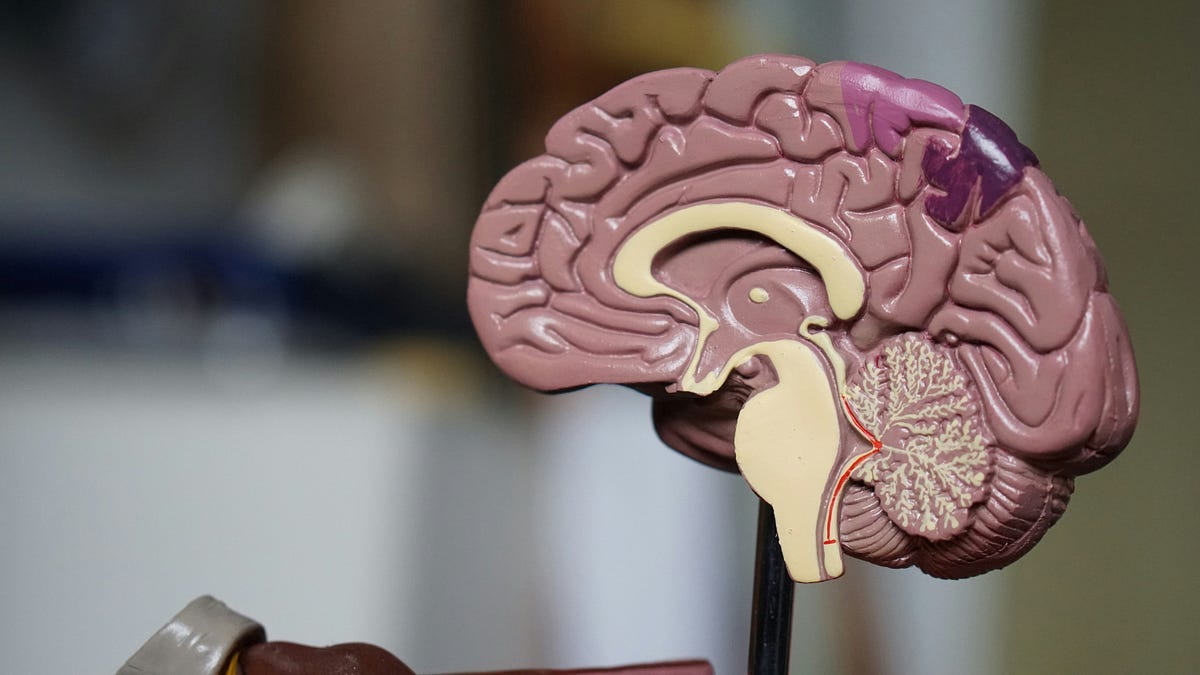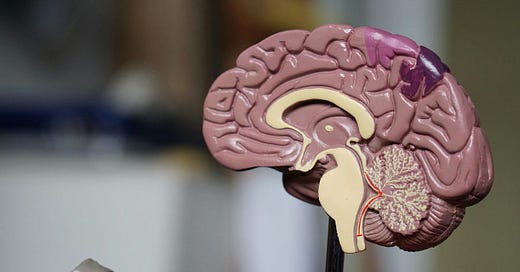How physical exercise can help reduce anxiety
A summary of a new research paper, translated into plain language
A summary of a new research paper, translated into plain language

Here’s a summary of a research article that explains how physical exercise can help reduce anxiety.
The extract discusses how physical exercise may reduce anxiety through a specific brain circuit.
The article is called “Cerebellar Circuitry Mediating Motor-Dependent Anxiolysis” and was published in the scientific journal Neuron.
A role for the cerebellum in motor-triggered alleviation of anxiety: Neuron (cell.com)
The brain is responsible for controlling both our movements and our emotions. Physical exercise has been shown to have a positive effect on mental health, reducing negative moods and improving cognitive function. However, the specific brain mechanisms behind this relationship are not well understood.
The paper discusses how physical exercise may reduce anxiety through a specific brain circuit, and is divided into the following sections:
The Cerebellum and Emotional Processing
Recent findings have suggested that the cerebellum, a part of the brain traditionally associated with movement, may also play a role in emotional and cognitive processes. Imaging studies have shown that the cerebellum is activated during emotional or cognitive tasks, and changes in the cerebellum have been linked to conditions such as anxiety, depression, autism, and schizophrenia.
The Cerebellum and Anxiety
The researchers focused on the connection between the cerebellum and the amygdala, a key brain region involved in emotional regulation, and they found that there is a direct neural pathway from the cerebellum to the amygdala, and that this pathway is associated with the alleviation of anxiety.
The Impact of Physical Exercise
To understand how physical exercise affects anxiety, the scientists conducted experiments on rats. They found that running on a rotating rod reduced anxiety-like behaviours in the rats, and furthermore, they observed that the activity of neurons in the amygdala was increased during this exercise, suggesting a direct link between motor activity and emotional processing.
This provides new insights into the relationship between physical exercise and mental health. By identifying a specific brain circuit that links movement and emotion, the researchers have shed light on the potential mechanisms behind the positive effects of exercise on anxiety.
These findings may have implications for the development of new treatments for various neurological disorders.
References and Sources
Open Access Published: January 31,
https://doi.org/10.1016/j.neuron.2024.01.007
A role for the cerebellum in motor-triggered alleviation of anxiety
Xiao-Yang Zhang 10
Wen-Xia Wu 10
Li-Ping Shen 10
Chris I. De Zeeuw
Jian-Jun Wang
Jing-Ning Zhu 11
Show all authors
Show footnotes




